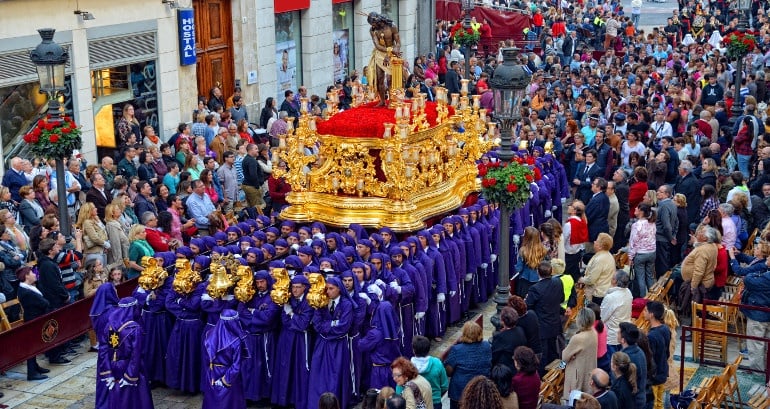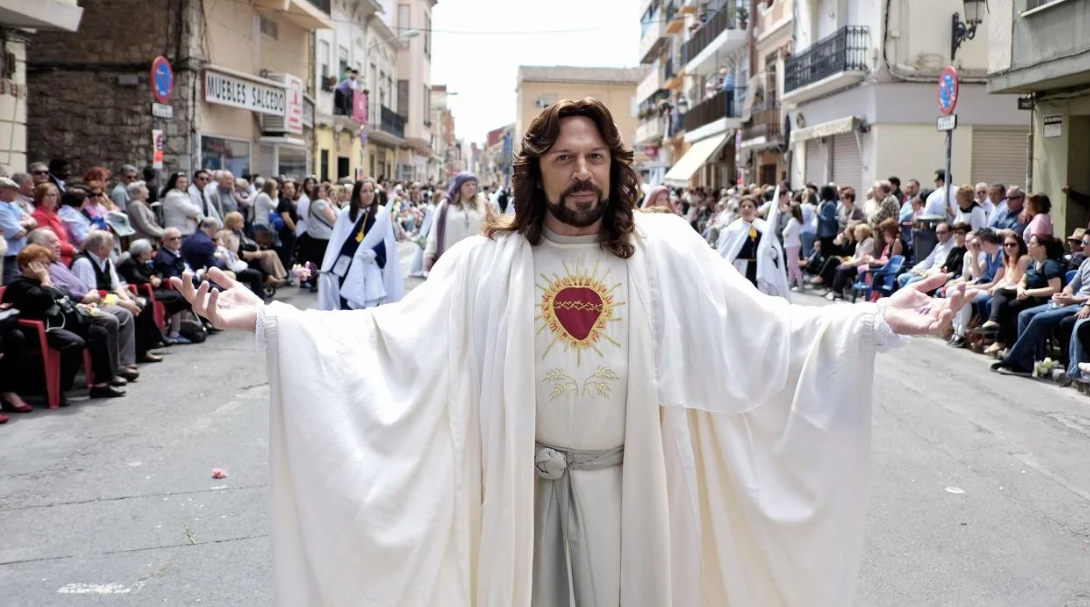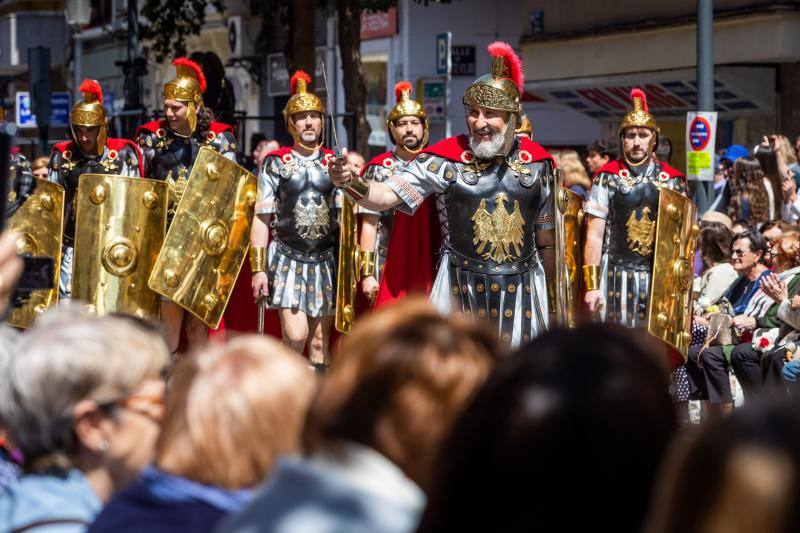As the spring of 2025 approaches, millions of people across Spain and around the world are already looking forward to one of the most significant religious and cultural events in the Christian calendar: Semana Santa, or Holy Week. This annual commemoration of the passion, death, and resurrection of Jesus Christ is a time of profound spiritual reflection, vibrant traditions, and spectacular processions that draw visitors from far and wide. In this comprehensive guide, we'll explore everything you need to know about Semana Santa 2025, from its dates and significance to regional celebrations and practical information for travellers.

The Dates of Semana Santa 2025
Semana Santa is a movable feast, meaning its dates change yearly based on the lunar calendar. The celebration always falls on the first Sunday after the first full moon following the spring equinox. For 2025, the key dates are as follows:
Palm Sunday (Domingo de Ramos): 13th April
Holy Monday (Lunes Santo): 14th April
Holy Tuesday (Martes Santo): 15th April
Holy Wednesday (Miércoles Santo): 16th April
Maundy Thursday (Jueves Santo): 17th April
Good Friday (Viernes Santo): 18th April
Holy Saturday (Sábado Santo): 19th April
Easter Sunday (Domingo de Resurrección): 20th April
It's worth noting that the liturgical season begins earlier, with Ash Wednesday falling on 5th March 2025. Additionally, the feast of Corpus Christi, which is closely associated with the Easter season, will be celebrated on 19th June 2025.
The Significance of Semana Santa
Semana Santa is not merely a religious observance; it's a profound cultural experience that reflects Spain's deep-rooted Catholic heritage. Each day of Holy Week carries its own significance, commemorating different events in the final days of Jesus' life:
Palm Sunday: Marks Jesus' triumphal entry into Jerusalem.
Holy Monday to Holy Wednesday: Days of preparation and reflection.
Maundy Thursday: Commemorates the Last Supper and the washing of the disciples' feet.
Good Friday: Remembers Jesus' crucifixion and death.
Holy Saturday: A day of silence and mourning.
Easter Sunday: Celebrates the resurrection of Jesus Christ.
Throughout the week, cities and towns across Spain come alive with processions, religious services, and cultural events that bring these biblical stories to life in vivid and often emotional displays of faith and tradition.

Regional Celebrations and Traditions
While Semana Santa is observed throughout Spain, the character and intensity of celebrations can vary significantly from region to region. Some of the most renowned celebrations include:
Seville: Known for its elaborate processions featuring ornate floats (pasos) carrying religious statues, accompanied by nazarenos in distinctive pointed hoods.
Málaga: Famous for its throne-like floats and the participation of legionnaires in some processions.
Valladolid: Noted for its solemn processions and remarkable religious sculptures.
Salamanca: Combines religious devotion with the stunning backdrop of its historic university town.
Granada: Offers a unique blend of Andalusian fervour and the majestic setting of the Alhambra.
Each of these cities, and indeed many others across Spain, will have their own detailed programmes of events and processions for Semana Santa 2025. Visitors are advised to check local tourism websites or contact tourist information offices for specific schedules closer to the date.
Public Holidays and Work Calendar
Understanding the public holiday schedule during Semana Santa is crucial for both residents and visitors. While practices can vary between autonomous communities, generally, the following days are observed as public holidays:
Maundy Thursday (17th April 2025)
Good Friday (18th April 2025)
Some regions also observe Easter Monday (21st April 2025) as a public holiday. It's important to note that there are variations:
La Rioja, Navarra, and the Basque Country celebrate three festive days: Maundy Thursday, Good Friday, and Easter Monday.
In the Valencian Community and Catalonia, Maundy Thursday is a working day, but Easter Monday is a holiday.

Here's a brief overview of the holiday calendar for some major regions:
Madrid, Andalusia, Aragon, Asturias, Balearic Islands, Canary Islands, Cantabria, Castilla-La Mancha, Castilla y León, Extremadura, Galicia, Murcia, Ceuta, and Melilla:
17th April (Maundy Thursday)
18th April (Good Friday)
Catalonia and Valencian Community:
18th April (Good Friday)
21st April (Easter Monday)
La Rioja, Navarra, and Basque Country:
17th April (Maundy Thursday)
18th April (Good Friday)
21st April (Easter Monday)
Travellers should be aware that many businesses, including some restaurants and shops, may have reduced hours or be closed entirely during these days, especially in smaller towns and cities.
Planning Your Semana Santa Experience
If you're considering visiting Spain for Semana Santa 2025, here are some tips to enhance your experience:
Book Early: Accommodation in popular destinations like Seville or Málaga can fill up months in advance. Start planning your trip as early as possible.
Choose Your Location: Decide whether you want to experience the grand spectacles of cities like Seville or the more intimate celebrations in smaller towns.
Learn the Schedule: Familiarise yourself with the procession routes and times in your chosen destination. Some of the most impressive processions occur late at night or in the early hours of the morning.
Dress Appropriately: While you don't need to dress formally, respectful attire is appreciated, especially when attending religious services.
Be Prepared for Crowds: Popular processions can draw enormous crowds. Arrive early to secure a good viewing spot and be patient.
Taste the Traditions: Semana Santa has its own culinary traditions. Try local specialties like torrijas (a type of sweet French toast) or potaje de vigilia (a hearty vegetable and chickpea stew).
Respect Local Customs: Many participants consider this a deeply religious event. Respect the solemnity of certain moments.

Weather Considerations
The weather during Semana Santa can vary significantly depending on the region. While spring is generally mild in Spain, it's always wise to check the forecast for your specific destination. Coastal areas like Málaga might offer warmer temperatures, while inland cities like Madrid or Salamanca could still be cool, especially in the evenings.
Rain is always a possibility during this time of year, which can affect outdoor processions. Many cities have contingency plans for wet weather, but it's a good idea to bring a light raincoat or umbrella just in case.
Embracing the Spirit of Semana Santa
Whether you're a devout pilgrim or a curious traveller, Semana Santa offers a unique opportunity to immerse yourself in Spanish culture and tradition. The week-long celebration is a feast for the senses, with the scent of incense filling the air, the sound of solemn music and the rhythmic steps of processions echoing through ancient streets, and the sight of intricate religious artworks and passionate displays of faith.
For many Spaniards, Semana Santa is also a time for family gatherings and shared meals. It's a period when age-old traditions are passed down through generations, ensuring that this rich cultural heritage continues to thrive in the modern world.
As you plan for Semana Santa 2025, remember that beyond the spectacle and the crowds, this is a time of reflection and renewal for many. By approaching the celebrations with respect and an open mind, you'll be able to appreciate the depth and beauty of this extraordinary Spanish tradition.
Whether you find yourself in the grand plazas of Seville, the winding streets of Toledo, or the sun-drenched coast of Málaga, Semana Santa 2025 promises to be an unforgettable experience. It's a time when Spain's rich history, fervent faith, and vibrant culture come together in a truly unique celebration that continues to captivate both locals and visitors alike.